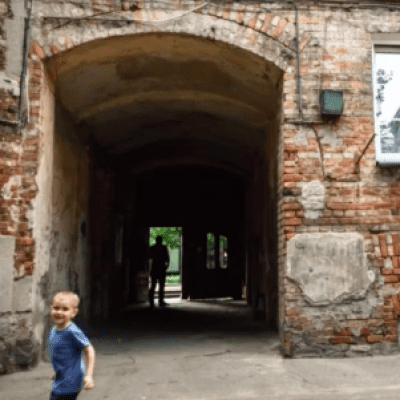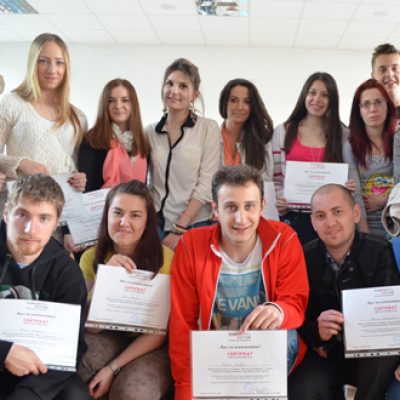Article
West Virginia University has a growing international student and scholar population, yet there is no programming available to facilitate social exchange and provide opportunities for international students and scholars to meet others in their cohort and build community. To tackle this issue, “Creating Community – Building Programming for International Students & Scholars” focuses on better supporting and connecting international students and scholars on the University campus through programming and events.
Inspiration Behind Lillian’s Project
In choosing this project, Lily was largely influenced by a separate project she was conducting that interviewed immigrants living in West Virginia – many of whom were affiliated with the university either as international students or scholars. In the interviews, she asked participants how they found community at a large university and connected with others from similar backgrounds. Many replied that they had had no luck meeting other international students or scholars, and as a result they felt extremely isolated.
Additionally, they reported that the university had not reached out to them about how they were adjusting or offered any form of support. After hearing this, Lily began to think intensely about what could be done to improve their experiences and have the University do its job with the proper resources. Her conclusion culminated in a project with the Office of Global Affairs, which oversees international admissions and student life at West Virginia University.
The simplest human interactions can change the trajectory of someone’s experience.
Project Development
Lily and another intern at the University collaborated on the grant writing for funding to hold events. The other intern created a timeline for dates of events, and Lily decided on the themes of the events, the venue, and details such as refreshments and advertising on social media. For instance, the last luncheon of the semester was an informal drop-in with refreshments that allowed scholars to connect with each other, and at the end there was a brief discussion about resources in the United States in the event of an emergency, including medical access.
Once all of the events set on the timeline, Lily began creating graphics for each event to send to the marketing team in the Global Affairs Office. They were responsible for sending the advertising to international students and scholars, but Lily also sent the graphics around campus for distribution. For each event, she also had an on-campus location some form of refreshments (depending on how casual the event was), which required her to reserve spaces and set up catering.
The final step was creating infographics for the event, which explained an important aspect in American, West Virginian, or local culture. These were created after lengthy discussions about perspective; what is most useful to share with someone who has recently arrived to the United States, and how can they present the information in a way that is accessible for someone whose first language is not English?
Cooperation with the University

The main tangible resource for this project was funding for the events. Luckily, WVU was extremely accommodating of the project, and the grant organization followed through with every request made for necessities. In terms of ideas, there were supervisors in the Office of Global Affairs who were also immigrants, and their perspectives were extremely helpful in determining appropriate discussions and ways to streamline information. Finally, the marketing team at WVU was helpful in determining branding & design for all the documents Lily and her team issued.
Creating Community
After a low turn-out at Lily’s first event, she immediately began having second thoughts about the execution of the event; did they pick a bad time? Did they advertise enough and far enough in advance? Is this even something that would appeal to international students & scholars? Not to mention the money that went into reserving spaces and providing catering. About an hour in, a few people started to trickle in, but everyone stayed very separate. Eventually she and her supervisor started bringing people together and introducing everyone, and after that moment, everyone was talking as a group.
They ended up staying for hours, and while Lily was cleaning up, an international scholar from Brazil came over to her and thanked her for holding the event. He said he had no idea there were other faculty members from Brazil and it was a great joy to him to be able to connect. “It was moments like this that made this project so fulfilling,” Lily says. “It shows how the simplest human interactions can change the trajectory of someone’s experience.”
Aside from the directly impacted individuals, this project has a ripple effect of impacting others at the University who aren’t international, and relates to those in the community who might be inspired to be better neighbors to the newcomers they meet in the community.
Updated August 2022




